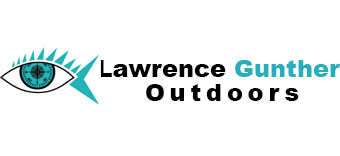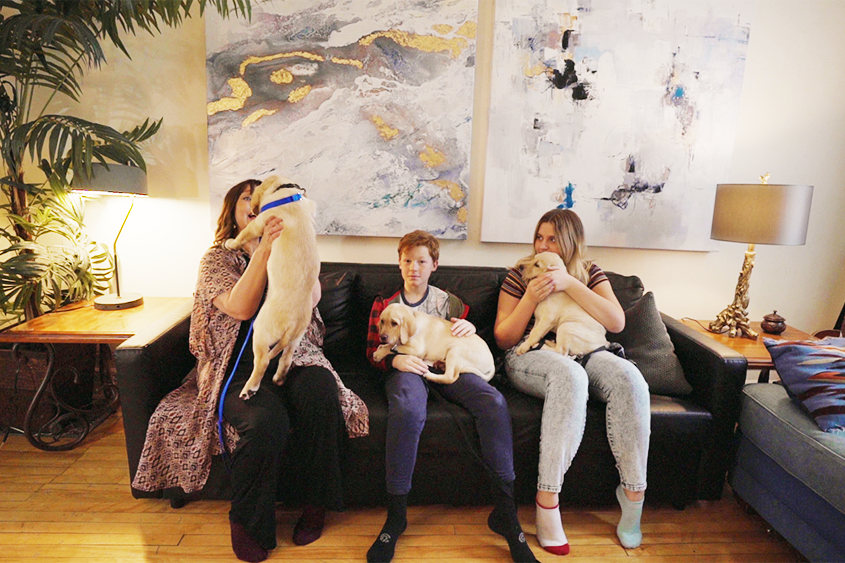Call to Action #1 – Calling all Youth Living with Vision Loss
Dear Friends:
I’m writing to you today to bring to your attention four non-profit initiatives specific to youth living with vision loss. The initiatives pertain to outdoor accessibility and sustainability, and are meant to engage, inform, and inspire youth to connect with nature. As with any new initiatives, their effectiveness hinges on people first learning of their availability.
My time spent researching and living among Inuit people in Canada’s Arctic taught me the important role blind storytellers have in passing on regional legends and community values. As someone who’s actively engaged in conservation, it’s my hope that by further empowering youth and others who are blind or visually impaired, planet earth will gain new champions with a passion for giving voice to earth’s largely silent majority — nature.
As a blind adult, I wrestle with balancing my use of technology with time spent outdoors. While the first allows me to connect with my friends and the broader vision impaired community, the second is essential to my building and maintaining a personal connection with nature. With this in mind, it’s my pleasure to bring to your attention the following four initiatives developed to support youth and others living with vision loss to achieve a similar balance in their own lives.
1, “Outdoors with Lawrence Gunther”:
IN September 2020, With the support of Accessible Media Inc., I began producing the podcast Outdoors with Lawrence Gunther. The three goals of the biweekly podcast is to: showcase blind and low vision outdoor adventurers, share information about outdoor accessibility and environmental sustainability, and pass along tips on adventuring in the outdoors with low or no sight. Together with my 14-year-old daughter Lilly, and my guide dog Lewis, we explore what it takes to become a blind outdoor adventurer.
Link here to access episode descriptions and to listen on Apple Podcasts.
2, “Makings of a Guide Dog”:
With the support of the CNIB, I spent ten months in 2019 producing the Makings of a Guide Dog 10-part video series, a documentary, and over 30 supporting how-to blogs. The goal is to inform and inspire youth and others living with vision loss to dare to step off the sidewalk, and to pursue outdoor activities with their own guide dogs. From hiking and canoeing, snow shoeing and ice fishing, and more, we explore all manner of accessible outdoor activities.
Link here to watch the audio-described trailer.
Link here to access the 10-part described video series.
link here to watch the described full-length documentary.
Link here to read the blogs.
3, Blind Fishing / Blind Boating:
In 2007, with the support of numerous leading boating and fishing companies, I launched the world’s first “Blind Fishing Boat” capable of being operated independently by a person without sight. The videos and blogs have continued to evolve over the years as new technologies are sea-trialed, and blind fishing techniques mastered. All anglers “fish blind”, and their success hinges on their ability to use their fishing rods as “white canes” to sense and visualize the hidden underwater world. Visualizing what can’t otherwise be easily seen with the eye is the first step in becoming a voice for the 72% of the earth that’s covered by water.
Link here to watch the Blind Fishing Boat in action.
Link here to read the blog.
4, “Blue Fish Canada”:
In 2012, with the support of the producer and director of my documentary “What Lies Below”, we founded the charity Blue Fish Canada. By working in partnership with conservation organizations such as “Earth Rangers”, Blue Fish Canada develops and delivers accessible youth-based conservation programs with a focus on imagining and comprehending the earth’s hidden freshwater and marine ecosystems.
Link hear to explore our many free resources.
The above four initiatives follow my own personal progressive sight loss and life experience. Having spent much of my childhood along shorelines, my progressive loss of sight led to my adopting accessible technology in order to function and contribute to society. Unsatisfied with the level of accessibility as a person living with progressive vision loss, I went on to lead a federal government program responsible for the conception and development of the assistive technology known at the time as Web-4-All. (Link here to read an article in AFB about Web-4-All.) The standards and intellectual property that came from the initiative now form the base upon which Apple products now provide universal accessibility, and much more.
Even though barriers to information and communication technology still exist, I never wanted to let my need to have and use accessible technology define who I am as a person. I enjoy and derive tremendous peace in the outdoors. However, I understand that in order to receive this benefit, I also need to give back. It’s a two-way one-health relationship. Unfortunately, we are now witnessing the results of decades of unsustainable human interactions with nature.
Please share this information to support youth to connect with nature so they might both benefit spiritually, mentally and physically from being in the outdoors, and so they might also find ways to give voice to nature itself. I thank you in advance for having taken the time to read this letter.
Yours Truly
Lawrence Gunther Euteneier M.E.S. M.S.M.
@LawrenceGuntherOutdoors



